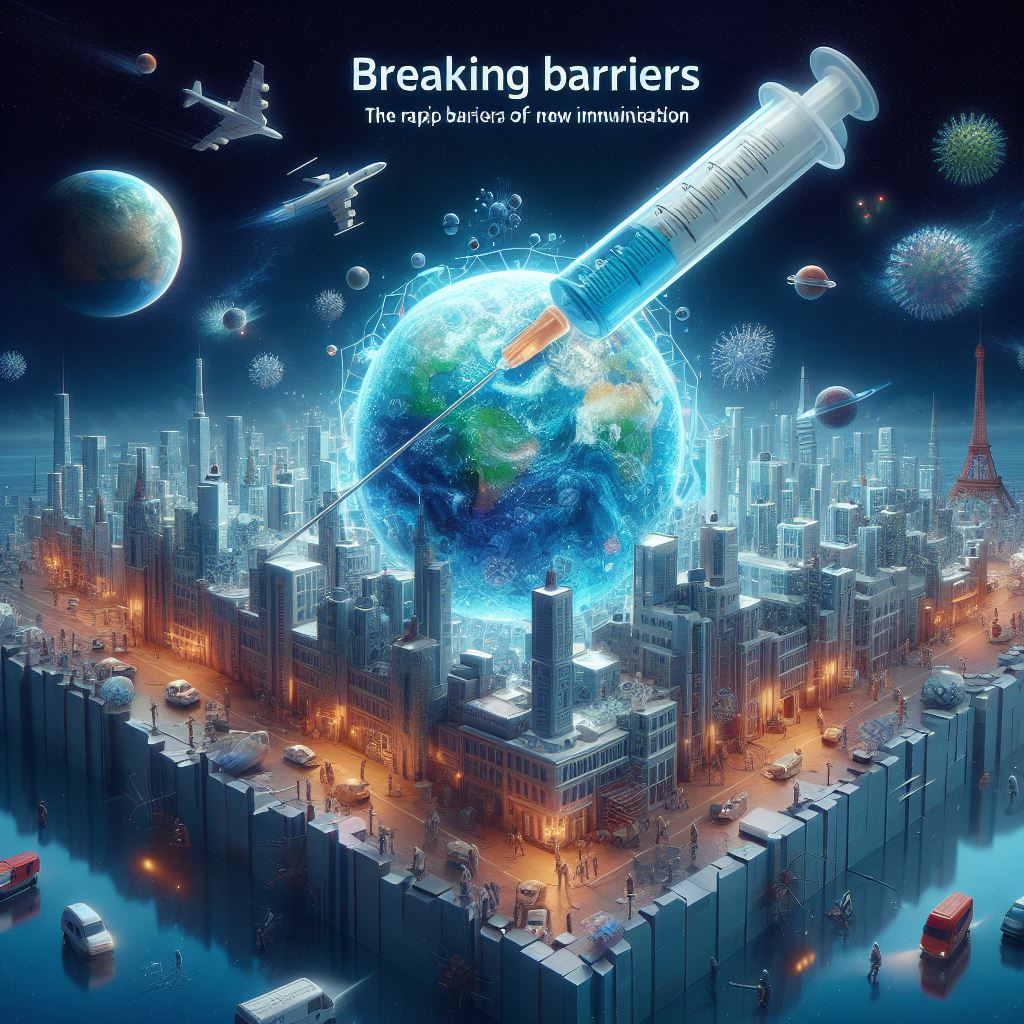In a groundbreaking development, researchers from the Massachusetts Institute of Technology (MIT) and the Singapore-MIT Alliance for Research and Technology have introduced a novel microfluidic device poised to transform the landscape of cell therapy, particularly for patients with spinal cord injuries. This low-cost, high-efficiency device marks a significant leap forward in the quest to make cell therapies safer, more effective, and widely accessible.
The microfluidic device, a marvel of engineering, employs a sophisticated method of sorting cells by size. This capability is crucial for the advancement of cell therapy treatments, where the differentiation of stem cells into specific cell types is a delicate and complex process. In therapies aimed at regenerating damaged spinal cord tissue, the risk of undifferentiated cells forming tumours post-transplantation has been a significant concern. This device addresses that concern head-on by removing these potentially harmful cells from the therapy process, thereby reducing the risk of tumour formation and enhancing the overall safety of the treatment.
The significance of this development cannot be overstated. By filtering out undifferentiated stem cells, the device not only minimizes the risk of adverse outcomes but also paves the way for more reliable and efficacious treatments. This is especially relevant for spinal cord injury patients, who often have limited options for recovery. The device operates at an impressive rate, capable of sorting over 3 million cells per minute. When multiple devices are chained together, this capacity expands to over 500 million cells per minute, showcasing the potential for scalability in clinical applications.
One of the most remarkable aspects of this innovation is its affordability and ease of production. The microfluidic device, made from a plastic chip, can be mass-produced at a low cost, making it an accessible option for widespread implementation. This addresses a crucial barrier in the adoption of cell therapy treatments, which often face challenges related to manufacturing costs and scalability.
The development of this microfluidic device by MIT and its partners represents a significant step forward in the field of regenerative medicine. By enhancing the safety and accessibility of cell therapy treatments, it opens new doors for patients suffering from spinal cord injuries and potentially other conditions in the future. As the device undergoes further testing and refinement, its impact on the field of cell therapy and beyond holds great promise.
The collaborative effort behind this innovation underscores the importance of cross-disciplinary research in addressing complex medical challenges. As researchers continue to explore the capabilities and applications of this device, the potential for life-changing treatments becomes increasingly tangible. This breakthrough not only showcases the ingenuity of the teams at MIT and the Singapore-MIT Alliance for Research and Technology but also illuminates a path towards a future where advanced, safe, and accessible cell therapies become a reality for patients around the world.
Stay tuned for more updates on this transformative technology and its journey from the laboratory to clinical use, as it has the potential to redefine the standards of care in regenerative medicine and beyond.
Join the Cell and Gene Therapy World Summit 2024 in London, UK, on June 11–12, and contribute to the future of cell and gene therapy. Engage with top experts, explore innovative research, and participate in shaping this vital medical field. For details and registration, visit here: https://imapac.com/events/cell-and-gene-therapy-world-summit/
Source: https://news.mit.edu/2024/scientists-develop-low-cost-device-safer-cell-therapy-0207





